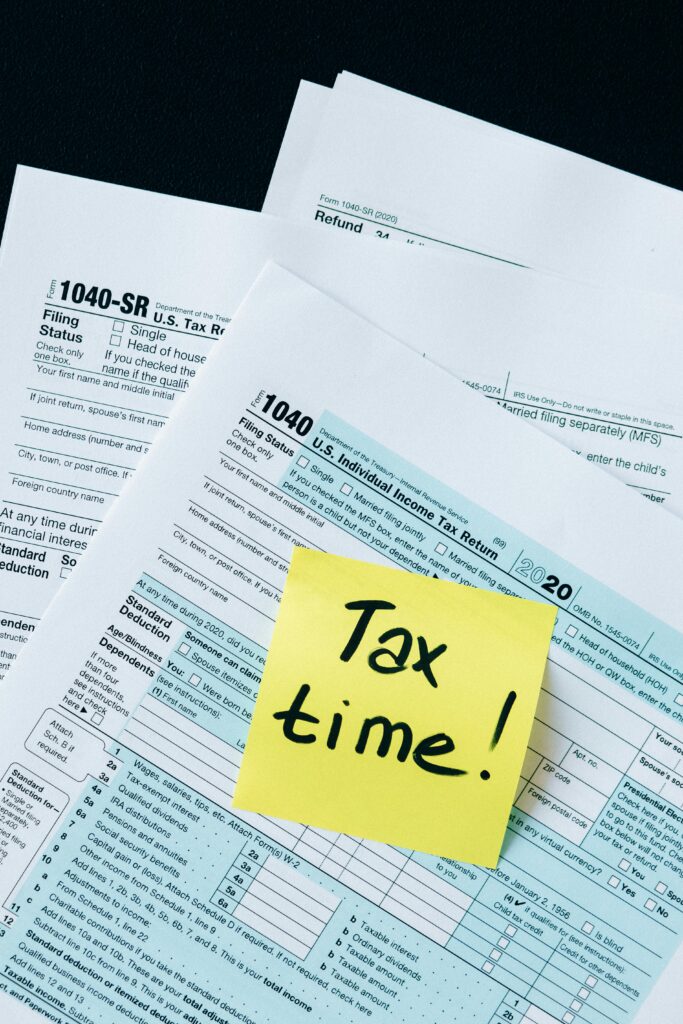
Many significant birthdays mark the American experience: a license to drive at 16, the right to vote at 18, and the clearance to have an alcoholic beverage at 21 are common examples. But, there are still plenty of important milestones after 21. From a retirement-planning perspective, some birthdays and “half-birthdays” that occur after age 50 can make a big difference in an investor’s nest egg and quality of life.
Age 50
At age 50, workers can contribute more to their retirement savings, exceeding the usual limits. “Catch-up contributions,” as they are known, mark the first opportunity investors can legally make up for any light years of saving. According to the Internal Revenue Service (IRS), participants in 401(k), 403(b), and most 457 plans can contribute $7,500 beyond the $23,000 standard for a total of $30,500 in 2024. For individual retirement accounts (IRA) in 2024, the catch-up contribution is $1,000 more than the standard contribution of $7,000 for a total of $8,000. Catch-up contributions reduce gaps in savings, further investor progress toward retirement goals, and have tax advantages.[1] For example, traditional retirement account contributions are usually tax-deductible, and Roth IRA holders pay no tax on their distributions. Furthermore, catch-up contributions can potentially lower a participant’s tax bracket. Those who contribute the most see the most value.
Turning 50 presents an opportunity for financial reassessment. Investors should consult a financial advisor about risk tolerance and portfolio changes to ensure maximum savings potential and protect accumulated wealth.
Age 55
Beginning at age 55, workers who leave their job that same year or later can enjoy penalty-free withdrawals from that employer’s 401(k) or another employer-sponsored retirement plan. Under most circumstances, early withdrawals from retirement accounts incur a 10% fee, which equals 10% of the portion of the distribution includable in gross income. Investors should note this benefit does not apply to previous retirement accounts or IRA rollovers.[2] Early retirees, those who cannot obtain employment in the latter part of their career, or individuals who experience a financial emergency after age 55 can find relief from these early withdrawals.
Age 59 ½
If there is only one half-birthday worth celebrating, this is the one. According to the IRS, IRA, 401(k), and 403 (b) holders aged 59 ½ and older can withdraw from retirement accounts without the 10% penalty. Additionally, individuals can roll previous 401(k) funds into a traditional or Roth IRA. Because of this IRS stipulation, early retirees can access broader investment options.[3]
Age 62
Retirees can start collecting Social Security benefits at age 62, however, payouts are reduced for life for early claimants who have not reached full retirement age. It’s prudent for those who retire at 62 to consider their income, health, and long-term retirement goals before taking Social Security benefits early.
Age 65
Age 65 marks an important healthcare development. Eligibility for Medicare begins three months before an individual’s 65th birthday. That window for open enrollment lasts seven months. Even individuals with health insurance through an employer can enroll in Part A (hospital insurance). Part B (medical insurance) carries a premium payment, so those with health insurance may want to decline it. However, those who do not have coverage through an employer’s health plan should enroll within eight months after stopping work to avoid paying a penalty. For every 12 months of eligibility without enrollment, Medicare premiums increase by 10%. The penalty applies for the length of enrollment, so it’s in an individual’s best interest to enroll as soon as possible once they cease employment.[4] Furthermore, Medicare doesn’t cover everything, so individuals should explore supplemental insurance, including prescription drug coverage. Healthcare that avoids gaps in coverage is part of a solid retirement plan.
Age 67
Individuals born in 1960 or later can collect full Social Security benefits at age 67. Those still working at 67 can work and collect their Social Security benefits. There are advantages for individuals who can wait beyond the full retirement age to apply. It can increase monthly payments by approximately 8% each year. The maximum benefit age for Social Security is 70 in 2024.
Age 73
Required Minimum Distributions (RMDs) apply at age 73. RMDs are mandatory withdrawal minimums individuals must meet each year. They apply to 401(k)s, 403(b)s, and traditional IRAs. Roth accounts are exempt from RMDs starting in 2024 and beyond. Individuals can withdraw more than the minimum from a traditional retirement account, however, there are negatives to that. For example, it can increase the tax burden and eliminate tax-free growth on the withdrawn funds. Additionally, there are consequences for failing to take an RMD. They include a 25% penalty based on the RMD amount plus the tax owed.[5] A financial advisor can create a strategy to prevent missed RMDs and develop a long-term tax minimization plan.
The milestones at each point in the retirement-planning journey bring opportunities to optimize savings, maximize benefits, and adjust strategies. Knowing how to leverage these occasions can bring long-term benefits and security as individuals move into the later stages of life. At SHP Financial, we’ll help you make the most of every year and every birthday, with an airtight retirement plan. For a complimentary review of your finances, contact a professional at SHP Financial today.
Sources
[1]https://www.irs.gov/newsroom/401k-limit-increases-to-23000-for-2024-ira-limit-rises-to-7000#:~:text=Therefore%2C%20participants%20in%20401(k,to%20%2430%2C500%2C%20starting%20in%202024.
[2]https://www.irs.gov/taxtopics/tc558#:~:text=To%20discourage%20the%20use%20of,that’s%20includible%20in%20gross%20income.
[3] https://www.investopedia.com/ask/answers/12/401k.asp
[4]https://www.medicare.gov/basics/get-started-with-medicare/medicare-basics/how-does-medicare-work
[5]https://www.irs.gov/retirement-plans/retirement-plan-and-ira-required-minimum-distributions-faqs
Certain guides and content for publication were either co-authored or fully provided by third party marketing firms. SHP Financial utilizes third party marketing and public relation firms to assist in securing media appearances, for securing interviews, to provide suggested content for radio, for article placements, and other supporting services.
The content presented is for informational purposes only and is not intended as offering financial, tax, or legal advice, and should not be considered a solicitation for the purchase or sale of any security. Some of the informational content presented was prepared and provided by tMedia, LLC, while other content presented may be from outside sources believed to be providing accurate information. Regardless of source no representations or warranties as to the completeness or accuracy of any information presented is implied. tMedia, LLC is not affiliated with the Advisor, Advisor’s RIA, Broker-Dealer, or any state or SEC registered investment advisory firm. Before making any decisions you should consult a tax or legal professional to discuss your personal situation.Investment Advisory Services are offered through SHP Wealth Management LLC., an SEC registered investment advisor. Insurance sales are offered through SHP Financial, LLC. These are separate entities, Matthew Chapman Peck, CFP®, CIMA®, Derek Louis Gregoire, and Keith Winslow Ellis Jr. are independent licensed insurance agents, and Owners/Partners of an insurance agency, SHP Financial, LLC.. In addition, other supervised persons of SHP Wealth Management, LLC. are independent licensed insurance agents of SHP Financial, LLC. No statements made shall constitute tax, legal or accounting advice. You should consult your own legal or tax professional before investing. Both SHP Wealth Management, LLC. and SHP Financial, LLC. will offer clients advice and/or products from each entity. No client is under any obligation to purchase any insurance product.








